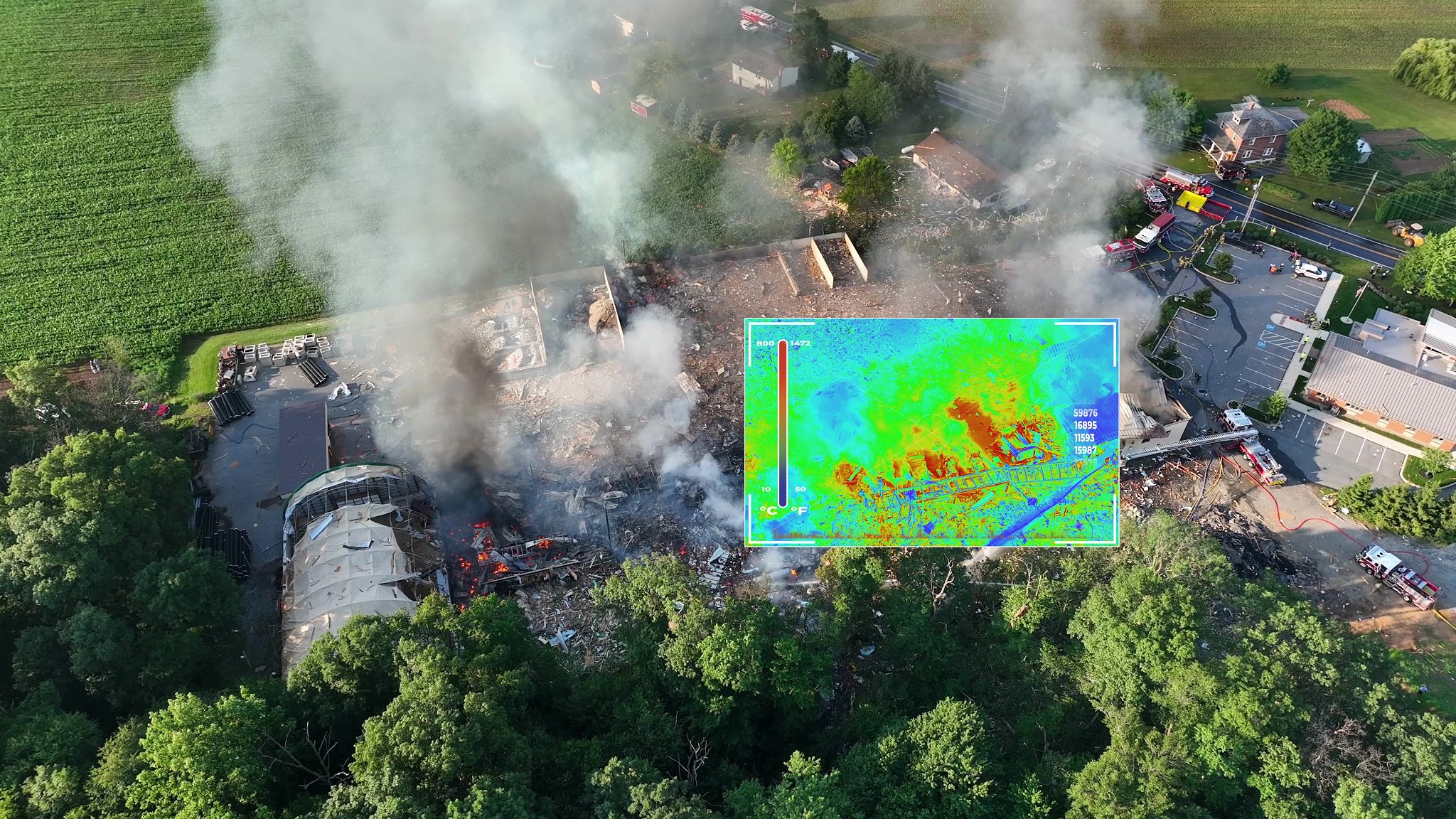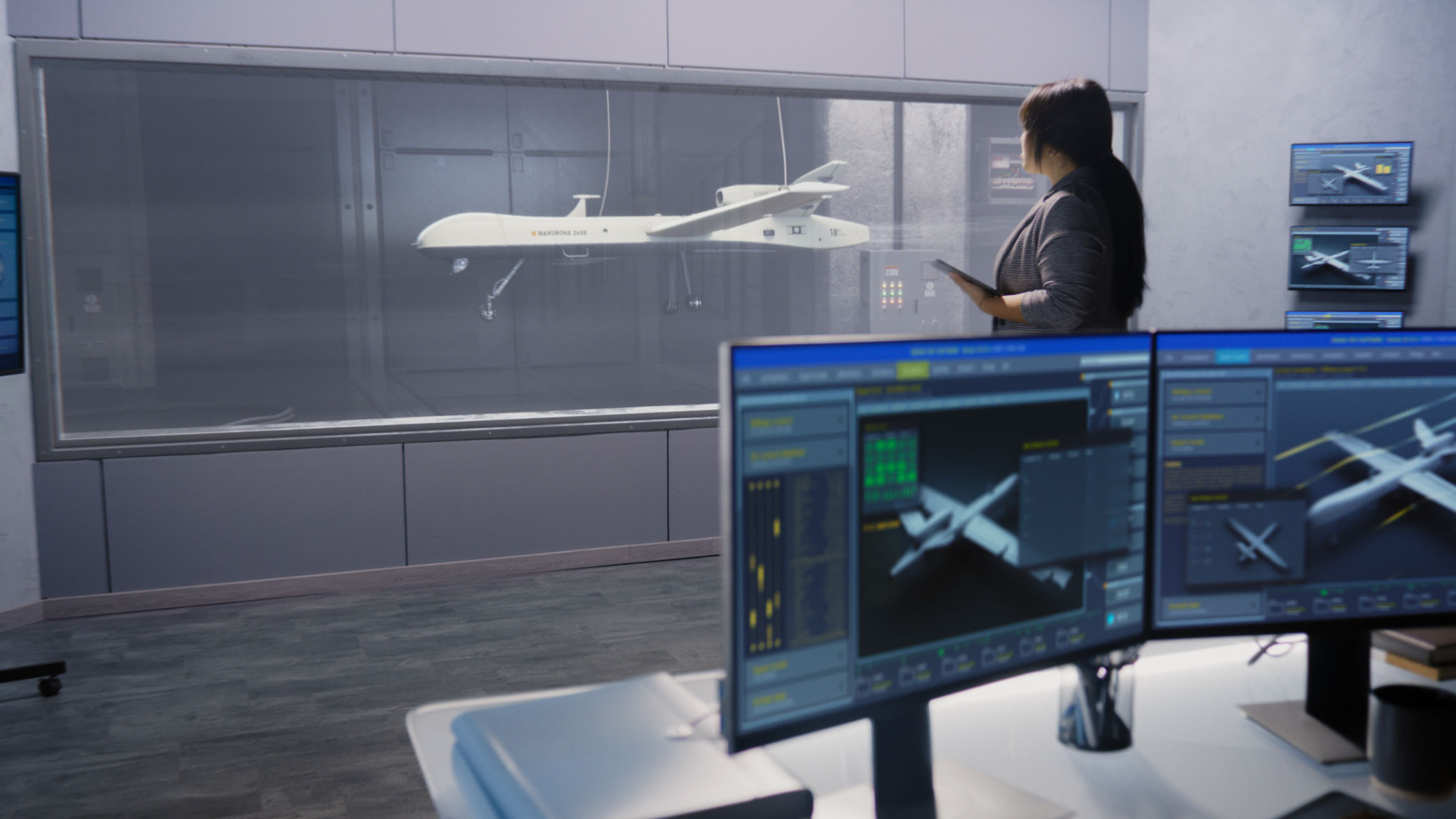Exploring the Role of Drones in Wildlife Research: Innovations by Karelian Wildlife Consultants
The Evolution of Drones in Wildlife Research
In recent years, the use of drones has revolutionized various fields, and wildlife research is no exception. With their unique ability to access remote and otherwise inaccessible areas, drones have become indispensable tools for researchers seeking to understand and protect wildlife. Among the pioneers in this innovative approach is Karelian Wildlife Consultants, who have been at the forefront of integrating drone technology into wildlife studies.
Traditional wildlife research methods often involve significant logistical challenges, including the need for ground-based observations or the use of manned aircraft. These methods can be costly, time-consuming, and sometimes intrusive to the natural habitats being studied. Drones, on the other hand, provide a cost-effective and minimally invasive alternative that allows researchers to capture high-quality data from the skies.

Karelian Wildlife Consultants: Leading the Way
Karelian Wildlife Consultants have been instrumental in demonstrating the potential of drones in wildlife research. By equipping drones with advanced imaging technologies such as thermal cameras and high-resolution sensors, they have enhanced the ability to monitor wildlife populations and their habitats with unprecedented precision.
One of the significant advantages of using drones is their capability to conduct aerial surveys over large areas quickly. This enables researchers to gather comprehensive data on animal populations, track migration patterns, and identify changes in habitat conditions. Such insights are crucial for developing effective conservation strategies.

Innovative Applications in Wildlife Monitoring
The applications of drones in wildlife research are vast and varied. Karelian Wildlife Consultants have explored numerous innovative uses, including:
- Population Estimation: Drones can cover expansive areas and capture detailed images that help in accurately estimating wildlife populations without disturbing their natural behaviors.
- Habitat Mapping: By creating precise maps of landscapes, researchers can monitor changes in habitats and assess environmental impacts over time.
- Behavioral Studies: Drones enable the observation of animal behavior from a distance, reducing the risk of human interference that could alter natural activities.
These applications highlight the versatility and effectiveness of drones in addressing some of the complex challenges faced in wildlife research today.

Challenges and Ethical Considerations
While the advantages of using drones are evident, there are also challenges and ethical considerations to address. Ensuring that drone operations do not disturb wildlife is a primary concern. Karelian Wildlife Consultants prioritize minimizing noise and maintaining a safe distance from animals to prevent stress or disruption to their habitats.
Furthermore, regulatory constraints can vary significantly between regions, necessitating careful planning and compliance with local laws governing drone usage. Researchers must also consider data privacy and cybersecurity issues when handling sensitive information collected through drones.
The Future of Drone Technology in Wildlife Research
The potential for drones in wildlife research continues to expand as technology advances. Karelian Wildlife Consultants remain committed to exploring new avenues for utilizing drones to gain deeper insights into ecological dynamics and enhance conservation efforts. As drone technology evolves, it is expected that its role in wildlife research will only grow more critical.

In conclusion, drones represent a transformative force in wildlife research, offering efficient, cost-effective, and non-intrusive methods for gathering invaluable data. The innovations spearheaded by Karelian Wildlife Consultants demonstrate the profound impact drone technology can have on understanding and preserving our planet's diverse ecosystems.